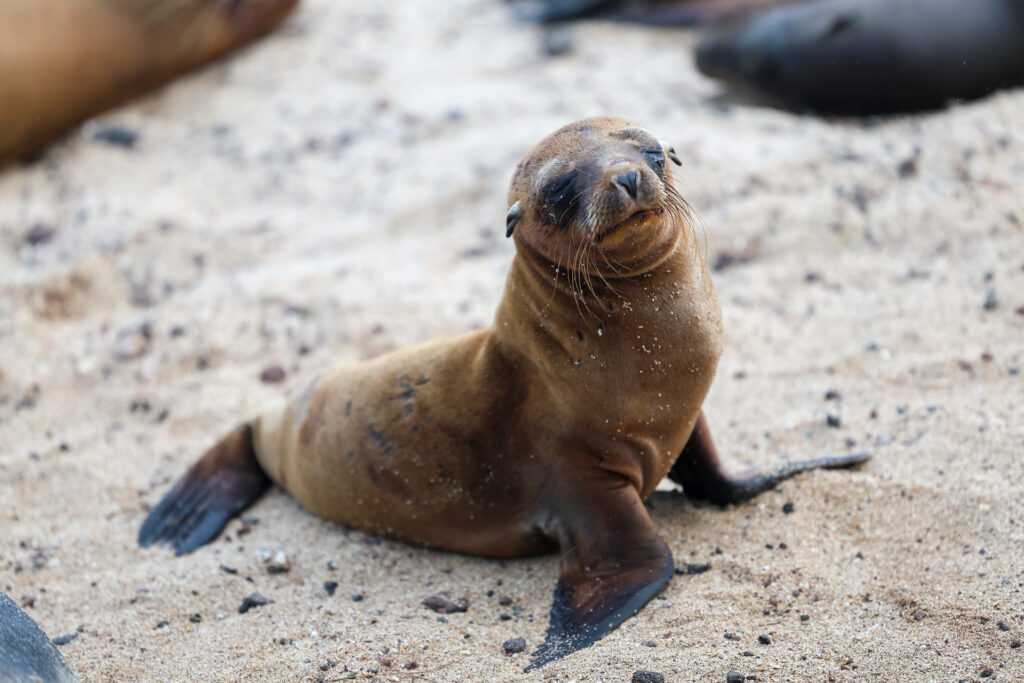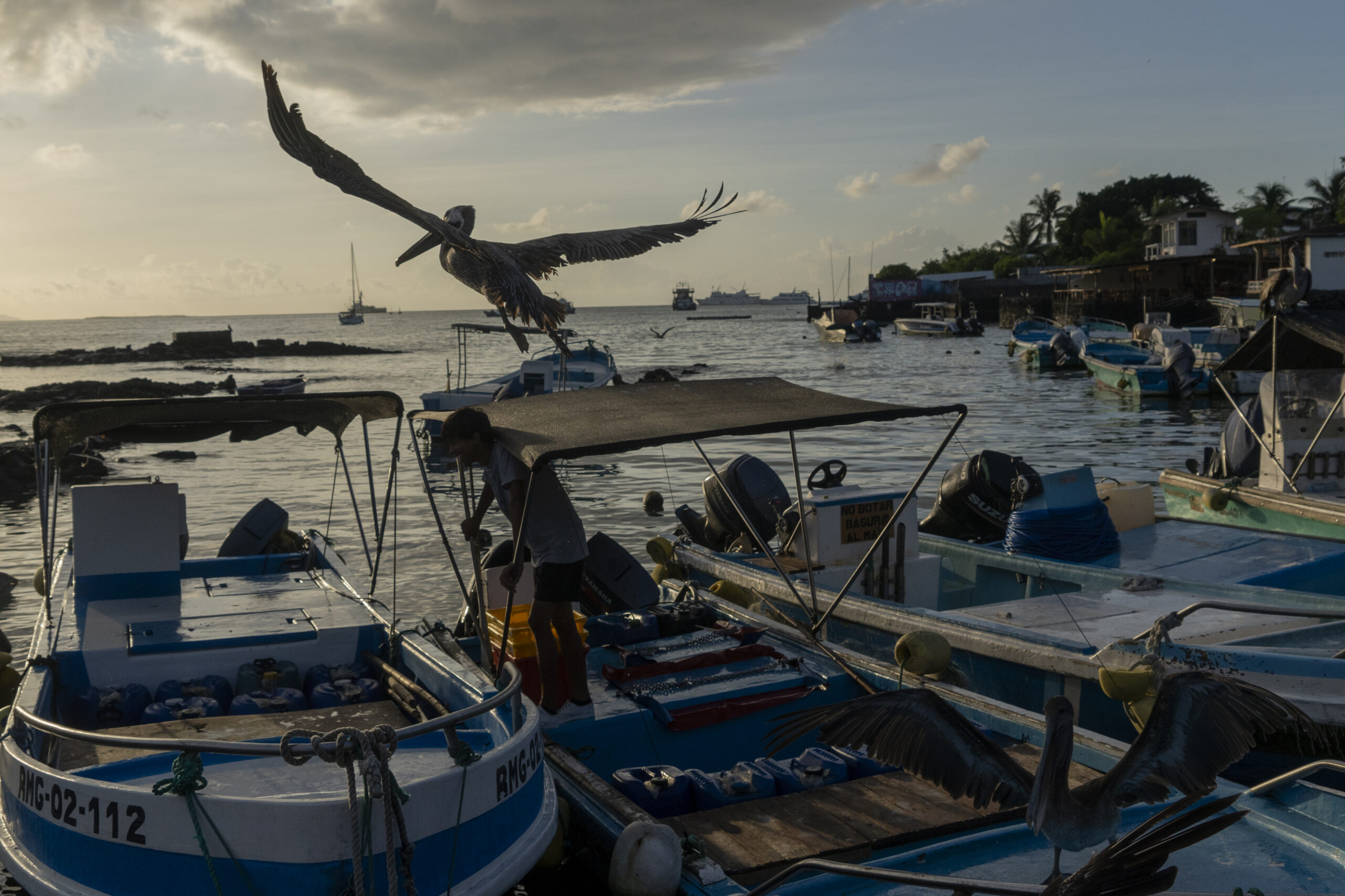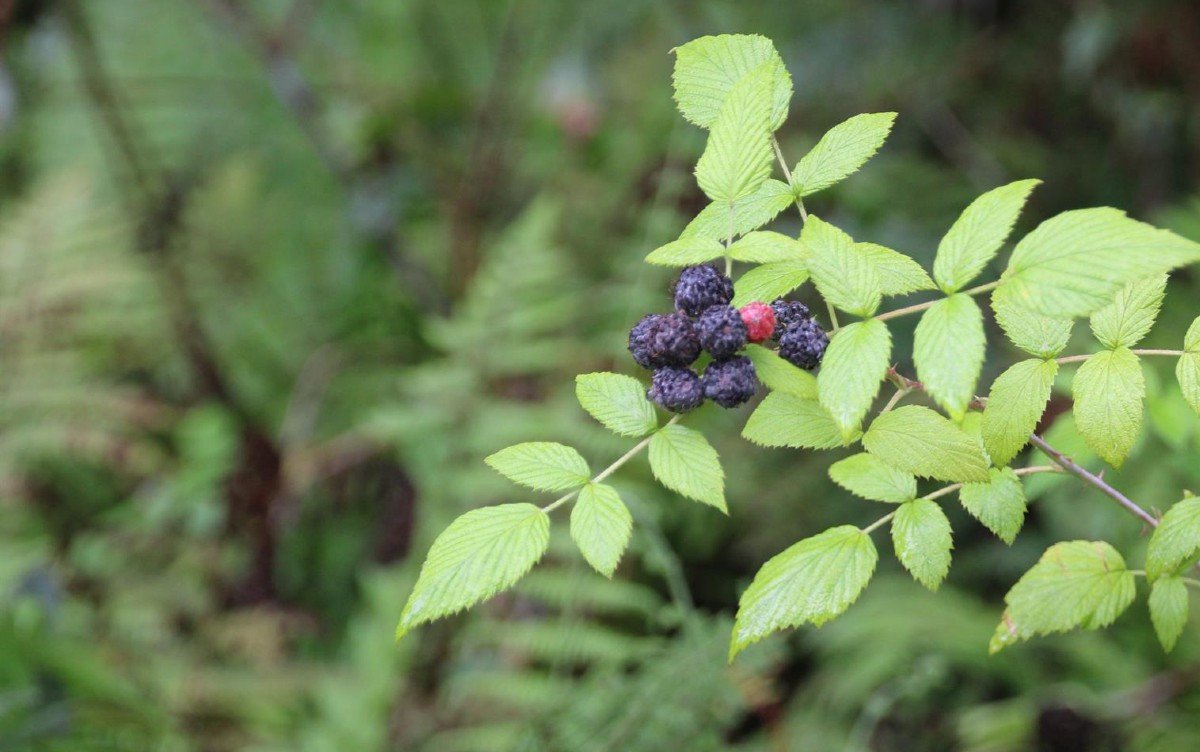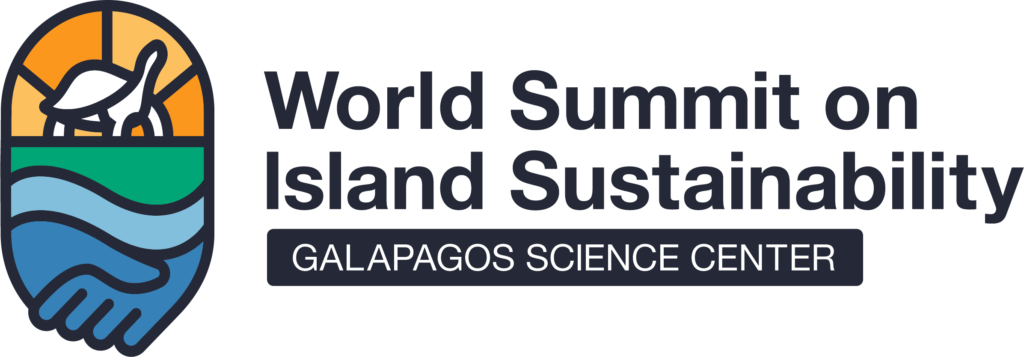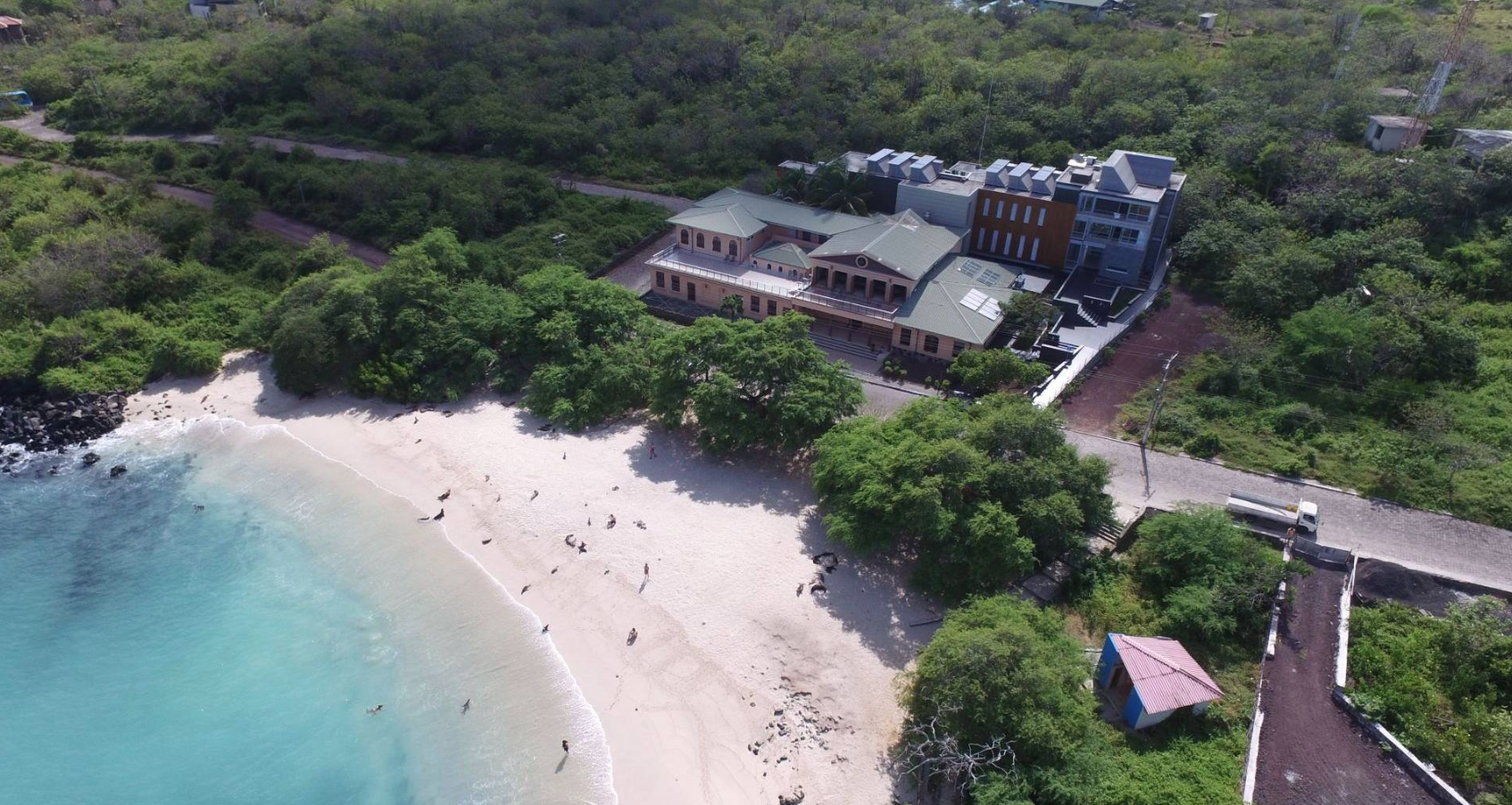Photo: Alam Coss
The Galapagos National Park Directorate (GNPD), with the support of the Universidad San Francisco de Quito (USFQ), officially launched the “Management Plan for the Conservation and Sustainable Use of the Galápagos Sea Lion in San Cristóbal Island 2025–2030.” This new management tool marks a milestone in the protection of one of the archipelago’s most emblematic and vulnerable species.The Galápagos sea lion (Zalophus wollebaeki) has been listed as Endangered by the International Union for Conservation of Nature (IUCN) since 2008. The plan responds to the urgent need to establish coordinated actions to protect one of the largest colonies of sea lions in the archipelago, located within the urban area of Puerto Baquerizo Moreno (San Cristóbal Island), where close interaction between wildlife and the local community demands responsible and sustainable management.
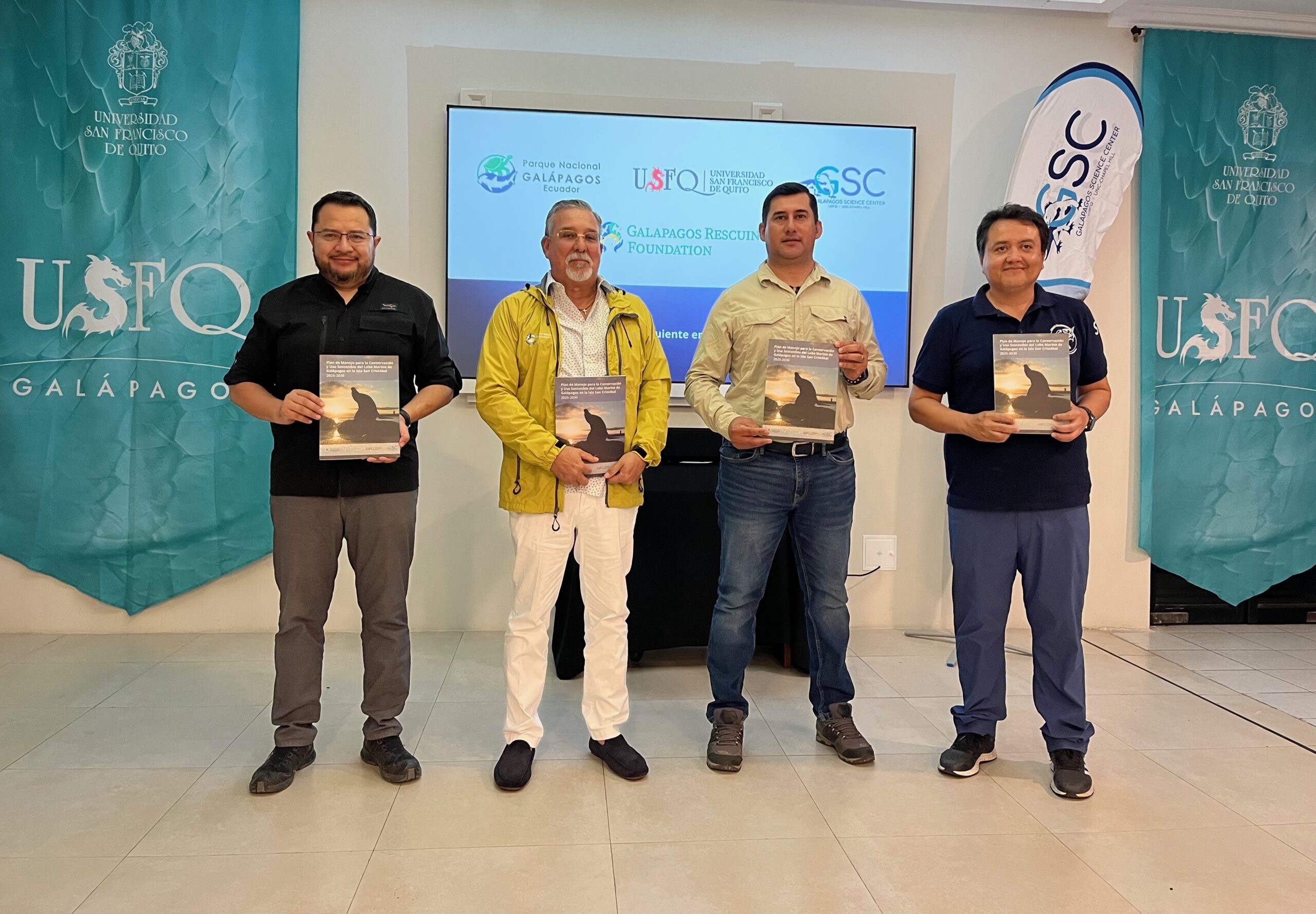
“The Galápagos sea lion is a species of great ecological and economic importance, vital to the ecosystems, culture, and identity of the local community. For the University, it is a duty to contribute to the management of Galápagos’ native and endemic species. The application of scientific knowledge to the management of this species represents one of our fundamental missions, now reflected in the development of the Galápagos Sea Lion Management Plan, which will enable institutions and social organizations to coordinate and plan for the conservation and sustainable use of this resource”. — Carlos Mena, Director of USFQ Galápagos Campus.
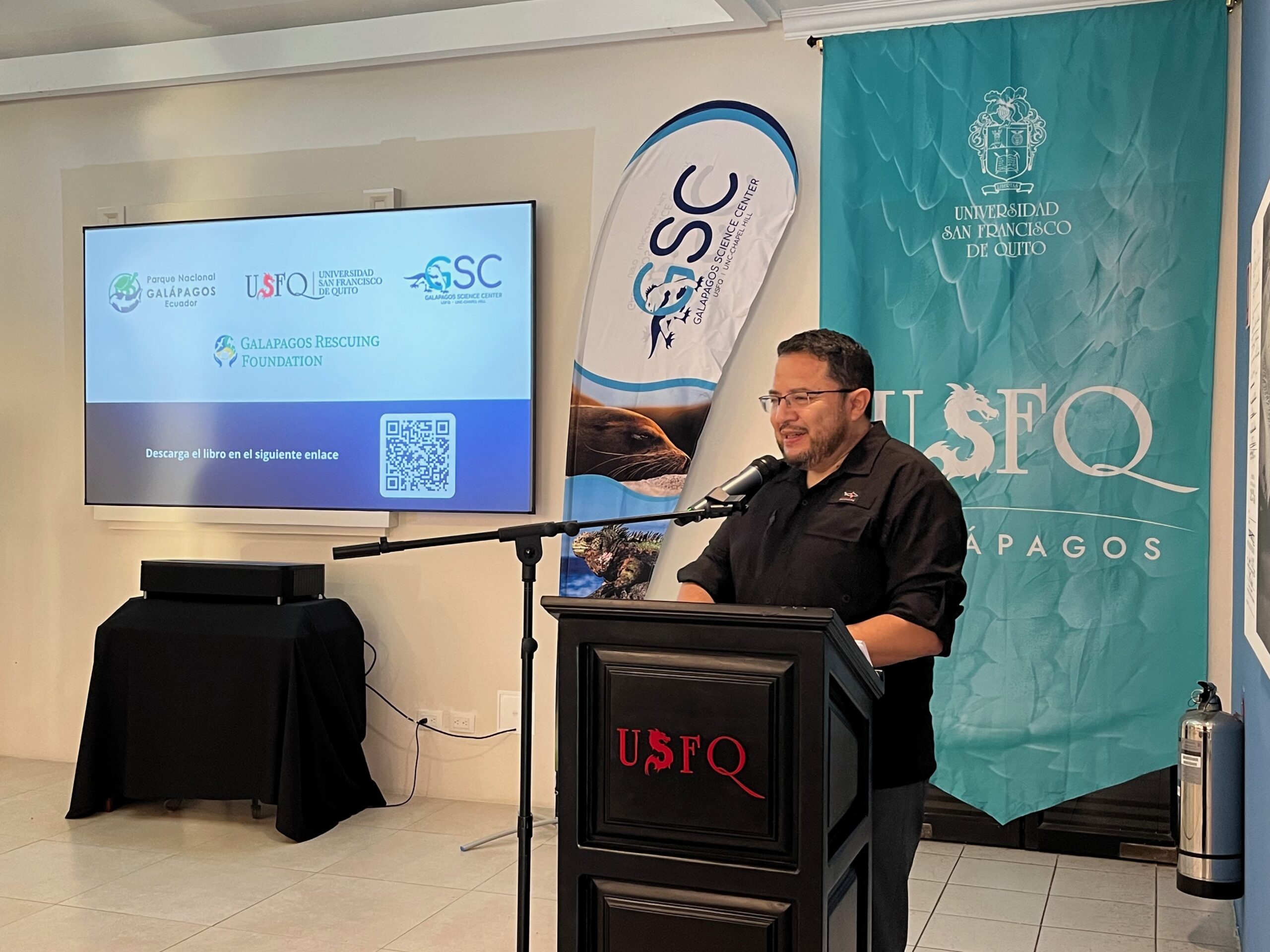
The Galápagos sea lion (Zalophus wollebaeki) has been listed as Endangered by the International Union for Conservation of Nature (IUCN) since 2008. The plan responds to the urgent need to establish coordinated actions to protect one of the largest colonies of sea lions in the archipelago, located within the urban area of Puerto Baquerizo Moreno (San Cristóbal Island), where close interaction between wildlife and the local community demands responsible and sustainable management.
The plan was led by Dr. Diego Páez Rosas, professor at USFQ Galápagos and researcher at the Galapagos Science Center (GSC). Its development was a technical and participatory process that involved reviewing more than 100 scientific publications, compiling ecological and social data, and holding interdisciplinary workshops with GNPD staff, local authorities, researchers, fishers, naturalist guides, and civil society representatives.
The implementation framework consists of three main phases:
A) Descriptive phase, compiling ecological and population data on the Galápagos sea lion.
B) Planning phase, defining objectives, goals, and management actions.
C) Operational phase, establishing an action plan for conservation and sustainable use.
These efforts aim to reduce habitat degradation, mitigate human impacts, and strengthen inter-institutional collaboration for sea lion conservation from 2025 to 2030.
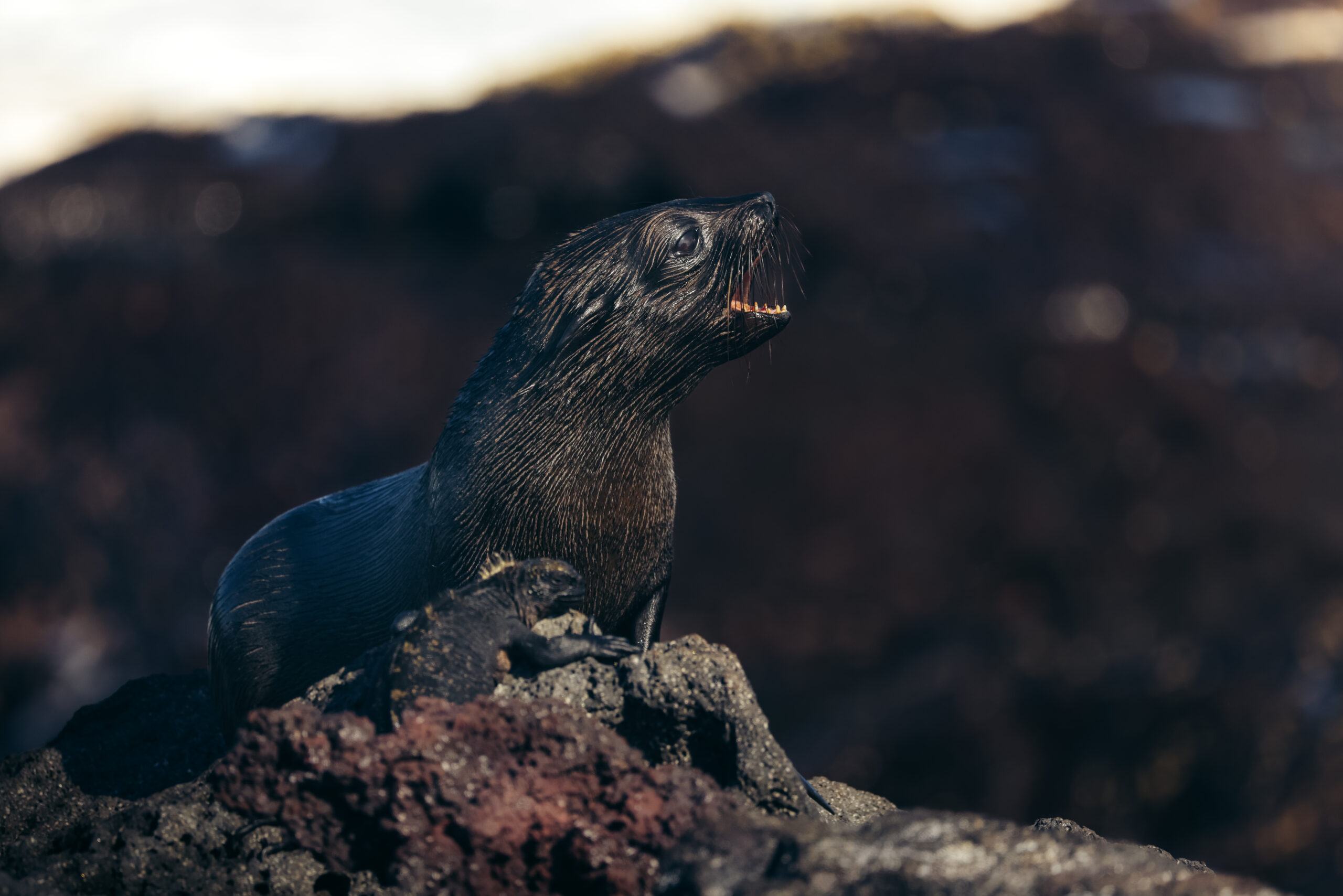
Photo: David Liberio
“The Management Plan for the Conservation and Sustainable Use of the Galápagos Sea Lion 2025–2030 was developed through a participatory model involving public institutions, productive sectors, academia, conservation organizations, and the local community. Together, they identified key challenges and solutions that integrate community participation to improve management of a resource vital to both biodiversity and the local economy of Galápagos.” – Dr. Diego Páez Rosas, professor at USFQ Galápagos and researcher at the GSC.
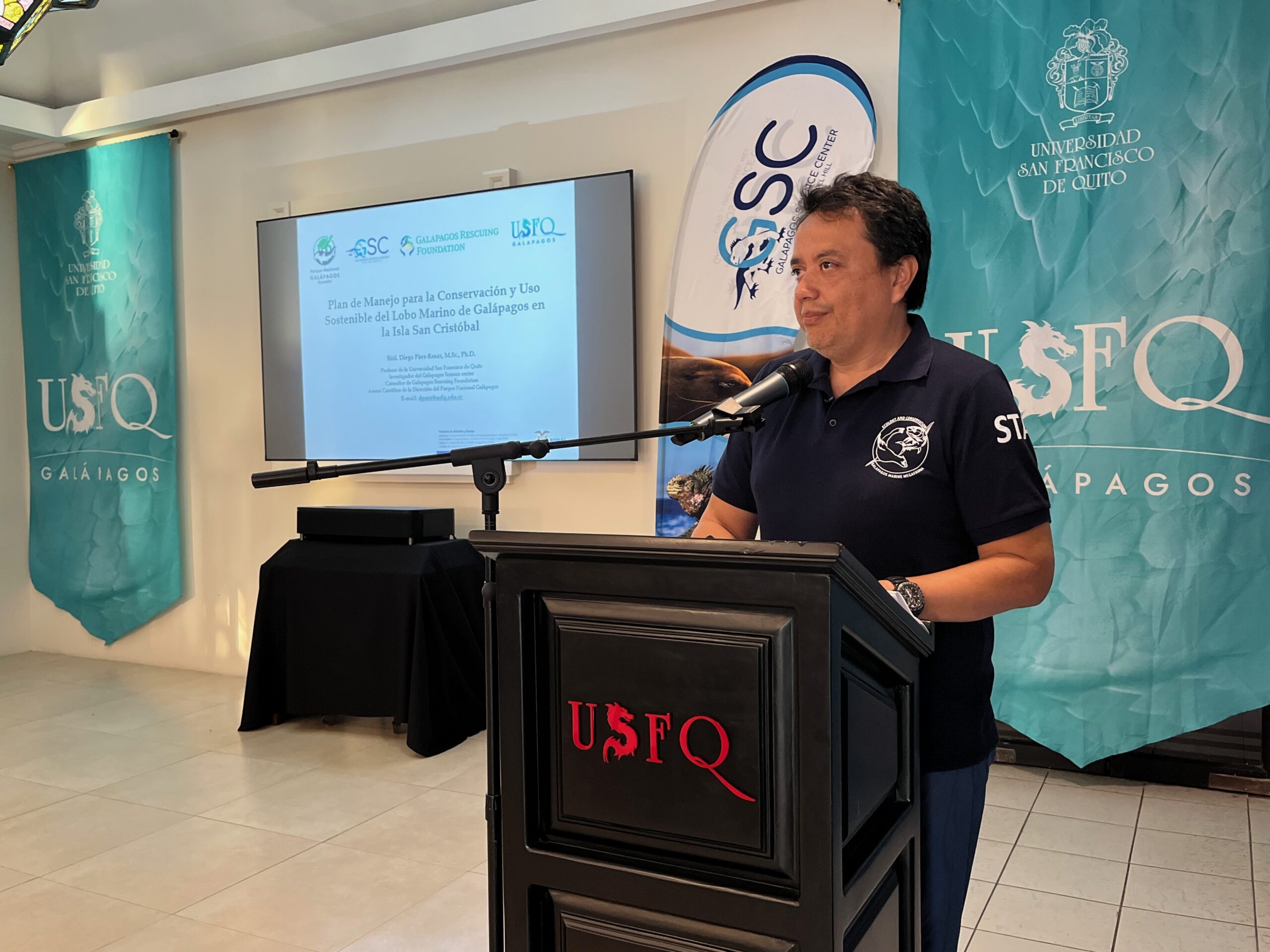
The plan sets three overarching goals: to promote conservation and sanitary control actions, reduce negative interactions between wildlife and human activities, and foster a sustainable use model based on education, research, and responsible tourism. It also incorporates biological, social, and economic indicators to evaluate the species’ conservation status and the effectiveness of the actions implemented. The plan’s execution will involve the GNPD, the Municipal Government of San Cristóbal, the Governing Council of the Special Regime of Galápagos, and other public, academic, and community institutions.
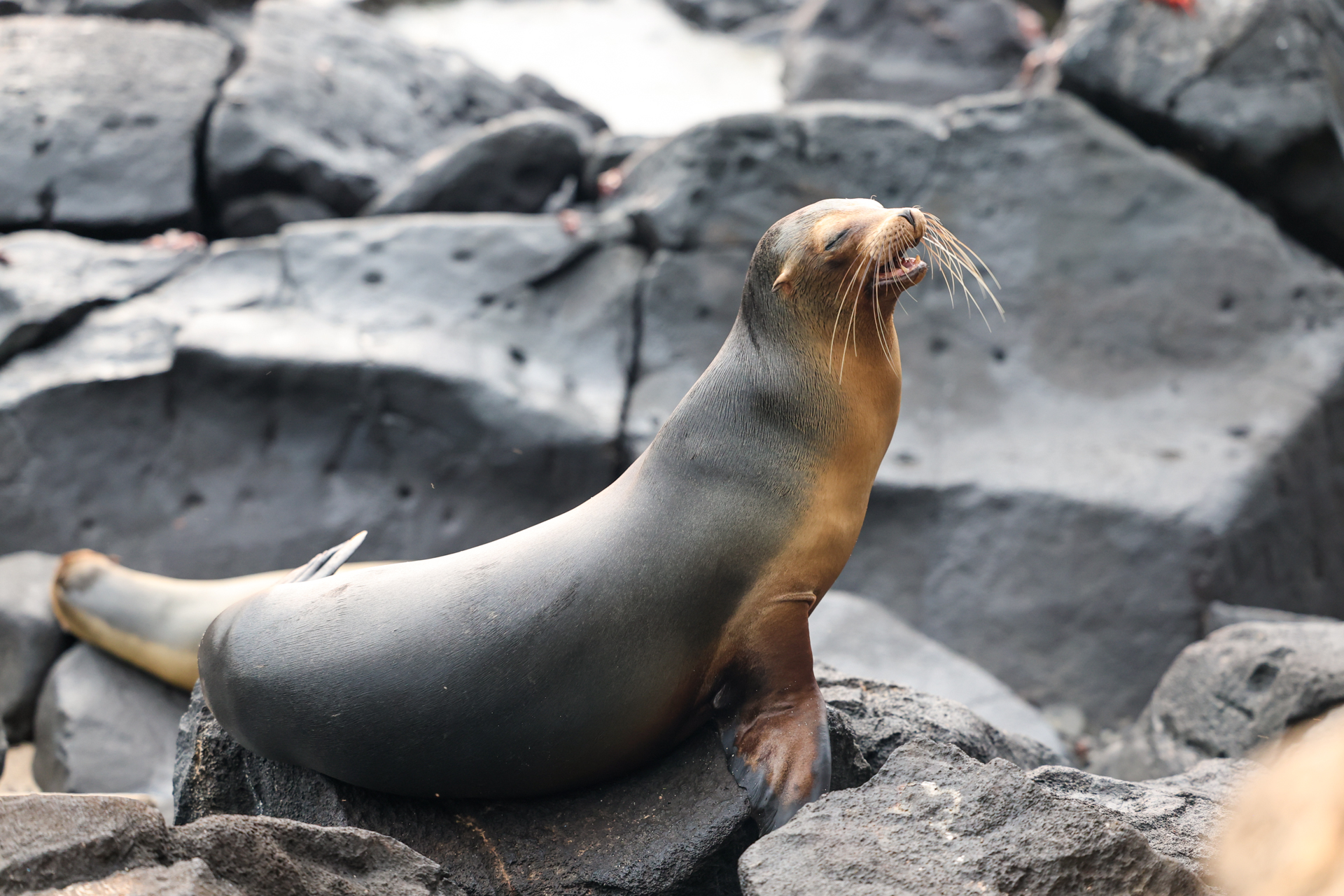
Photo: Alam Coss
“The interesting thing about this management plan for the conservation of the sea lion is that, beyond indicating which actions should be taken, it also clearly defines the responsibilities of each institution. The sea lion is an emblematic species due to its conservation value, yet its coexistence occurs not only within the protected area but also in the urban zone of San Cristóbal Island. This plan allows for coordinated conservation actions together with the institutions responsible within their respective areas of operation”. – Carlos Ortega, Director of the Galápagos National Park Directorate (DPNG).
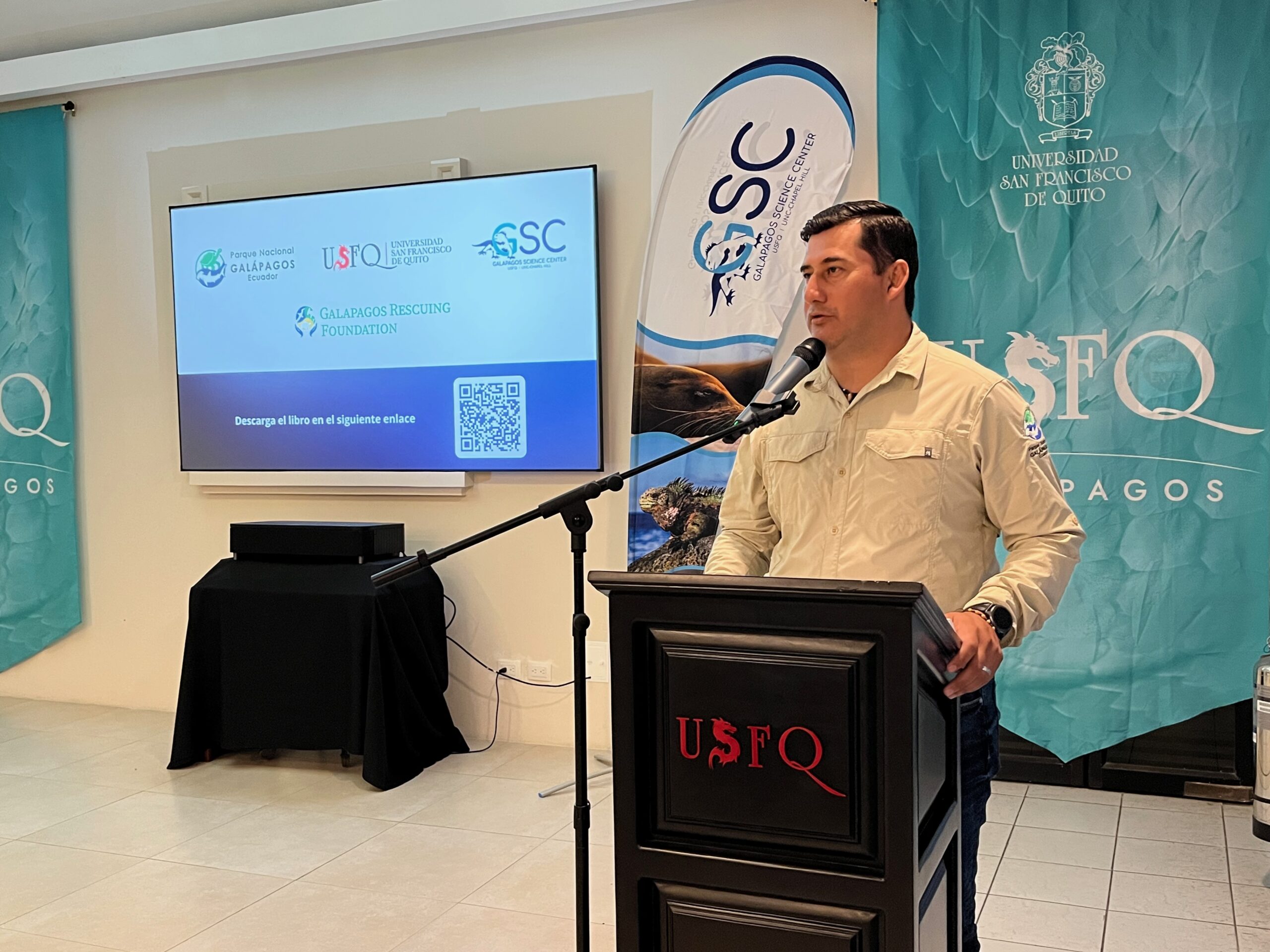
“We firmly believe that science and knowledge will always be allies in decision-making. We recognize the work carried out by the DPNG and other conservation institutions; however, within our own responsibilities, such as the management of basic services and the control of urban fauna, we have been implementing various proactive actions to help keep our ecosystems as healthy as possible”. – Marco Oviedo, Director of Environmental Management, Decentralized Autonomous Government of San Cristóbal.
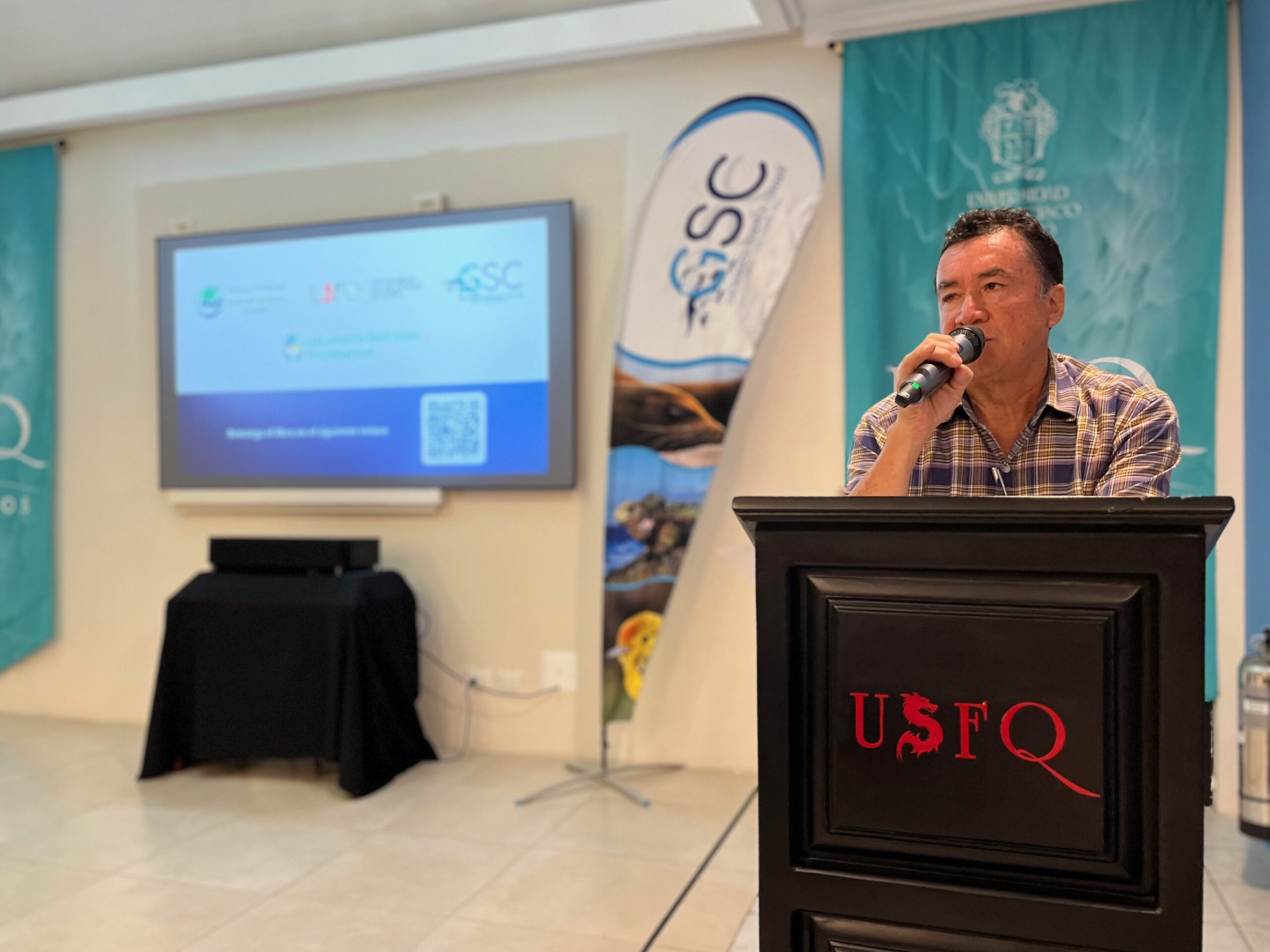
The success of this initiative will depend on the shared commitment of authorities and citizens alike. The USFQ Galápagos and the GNPD emphasize that protecting the Galapagos sea lion is not only about conserving an iconic species, it is about preserving the ecological balance, cultural identity, and economic sustainability of the islands.
This management plan stands as an integrated tool that brings together science, governance, and community, ensuring the harmonious coexistence between people and nature in the Galápagos.
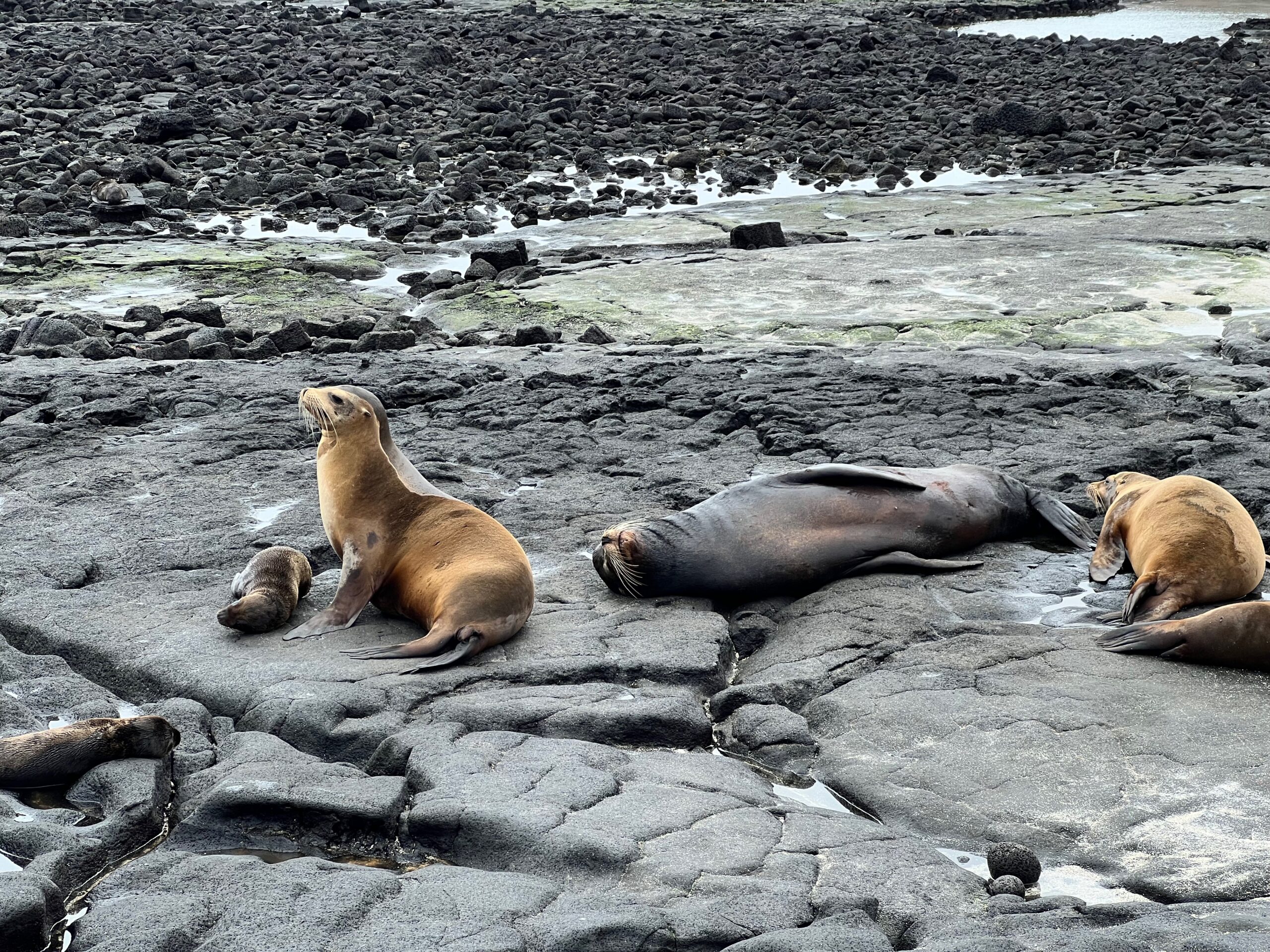
The plan was made possible through the collaborative work of the Galápagos National Park Directorate, Universidad San Francisco de Quito (USFQ), and the Galapagos Science Center (GSC), with financial support from the Galapagos Rescuing Foundation. This joint effort reflects the ongoing institutional commitment to strengthen biodiversity management and promote the conservation of the Galápagos sea lion.
Access the full Management Plan here:
https://libros.usfq.edu.ec/index.php/usfqpress/catalog/book/96

